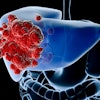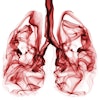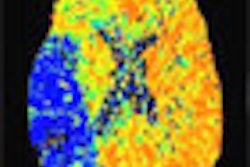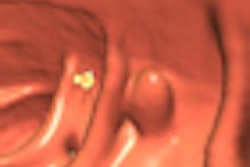AuntMinnie.com CT Insider
Dear CT Insider,
Research on chronic obstructive pulmonary disease (COPD) suggests an emerging role for CT in fine-tuning the diagnosis. That's because CT can see disease characteristics that other diagnostic methods can't, such as the difference between airway inflammation and parenchymal destruction, which, depending on the severity and location, may require different treatment strategies.
A new study from Colorado examined the lungs of COPD patients using both quantitative CT (QCT) and spirometry, the traditional method of assessing lung capacity. They found that CT-based measurements of air trapping and emphysema correspond to spirometric measurements of disease severity -- and that the two different types of pathology tend to occur in specific lung regions and in particular combinations. Get the rest of the story in this issue's CT Insider Exclusive.
In other lung imaging news, researchers in Italy have found that combining digital tomosynthesis with chest radiography makes up most of the shortcomings of the latter in lung cancer screening -- greatly reducing the need for CT while cutting the dose. Still, digital tomosynthesis had a couple of shortcomings of its own, as you'll see in the article by AuntMinnie.com contributing writer James Brice, here.
Meanwhile, a troubling but inconclusive study from the Netherlands suggests that smokers with negative CT lung cancer screening results are less likely to succeed at quitting smoking. You won't want to quit reading this bit of holiday cheer, here.
Also intriguing is a new study from the stroke experts at Massachusetts General Hospital in Boston, who concluded that perfusion CT can predict hemorrhagic transformation in stroke patients -- something doctors would definitely choose to know about if they could. Find out how by clicking here.
In urography, a team from New York City found that reduced-kVp CT scans were just as good as the standard kind for detecting renal stones, offering an easy way to reduce the patient dose. In the heart, Berlin researchers found that 320-detector-row CT produced less DNA damage than conventional angiography.
Finally, we invite you to take a scroll through the links below for the rest of the news in your CT Digital Community.
Happy Holidays!



















